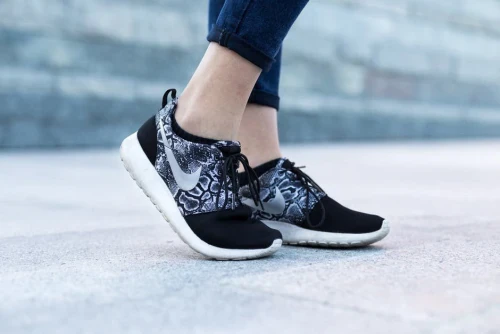The importance of the Achilles Tendon is often overlooked. According to the American Orthopaedic Foot & Ankle Society, “the Achilles Tendon is the largest Tendon in the body.”
As with most tissues in our body, the Achilles Tendons become less flexible and more prone to injury we age.
The most common cause of Achilles Tendon injury is repetitive stress on the Tendon, mainly through exercise, and can account for approximately 11% of all running injuries. Achilles Tendon injuries can be painful and may prevent you from exercising or even walking. Surprisingly Achilles Tendon injuries only affect around 6% of inactive people.
There are two types of Achilles tendinopathy, depending on which part of the Tendon is injured—noninsertional and insertional. In noninsertional Achilles tendinopathy, fibres in the middle portion of the Tendon have begun to degenerate, swell, and thicken. This type of injury tends to affect younger, more active patients. Insertional Achilles tendinopathy involves the lower portion of the heel, where the Tendon attaches (inserts) to the heel bone. This type of injury can occur at any age, in patients who are very active and in those who are inactive.
Who is at risk?
Those at high risk of Achilles Tendon injuries include runners, dancers, tennis players and footballers.
What are the causes
Running and poor training techniques can cause unnecessary pressure on the Tendons. In addition, sudden changes to your training including intensity, recovery or impact can also add extra pressure on the Tendons.
Arthritic conditions, which cause weakening of the Tendons, may also lead to injury. In addition genetically weak Tendons and use of certain medications can also increase your risk of developing Achilles Tendon injury.
Diagnosis
Achilles tendinopathy usually starts with pain or tenderness in the heel and along the Tendon, especially when you stretch your ankle or stand on your toes. The pain is usually worse when you first get up after being inactive for a period of time.
We can diagnosis Achilles tendinopathy by carefully assessing the level of swelling and tenderness of the Tendon. In some cases we ask patients to perform routine exercises to assess the level of the injury.
If diagnosis is difficult, we will sometimes recommend ultrasound scan or X-Ray to rule out any other injuries or issues such as a ruptured Achilles Tendon.
How can I treat it?
Depending on the level of injury, there are several methods of treatment that can be used.
Self-Care: In most cases, the initial, acute treatment for Achilles tendinopathy starts with resting the Tendon i.e. no exercise that causes impact to the Tendon.
Ice: Ice your injury to help reduce the inflammation (15 minutes’ on/15 minutes off)
Compress your leg: Use an elastic bandage around the lower leg and ankle to keep down swelling.
Elevate your leg: Prop your leg up on a pillow when you're sitting or lying down.
Take anti-inflammatory painkillers: Although these may take away the pain, they should not be used for longer than two weeks as they can hinder the ability of the Tendon to heal completely. Some people may also suffer from side effects such as stomach pain or ulcers so always check the instructions. Take them with food. Check with your doctor first if you have any allergies, medical problems or take any other medication. If you need them for longer than 7 to 10 days, call your doctor.
Stretching and strengthening exercises: Light strengthening exercises may be recommended by your therapist that you can do at home.
What can I do to help prevent an Achilles Tendon Injury?
- Cut down on uphill running.
- Wear shoes with good support that fit well.
- Stop exercising if you feel pain or tightness in the back of your calf or heel.
When will I recover?
It depends on how serious your injury is, it can take months, everyone’s conditions and healing time will differ.
You can still be active, as long as you check with your therapist. Do not over do things and do not return to your old level of activity until:
- You can move your leg as easily and freely as your uninjured leg.
- Your leg feels as strong as your uninjured leg.
- You don't have any pain in your leg when you walk, jog, sprint, or jump.
It’s important to listen to our body. Rushing back too soon may result in a longer healing time and a more serious injury than in the first instance.

